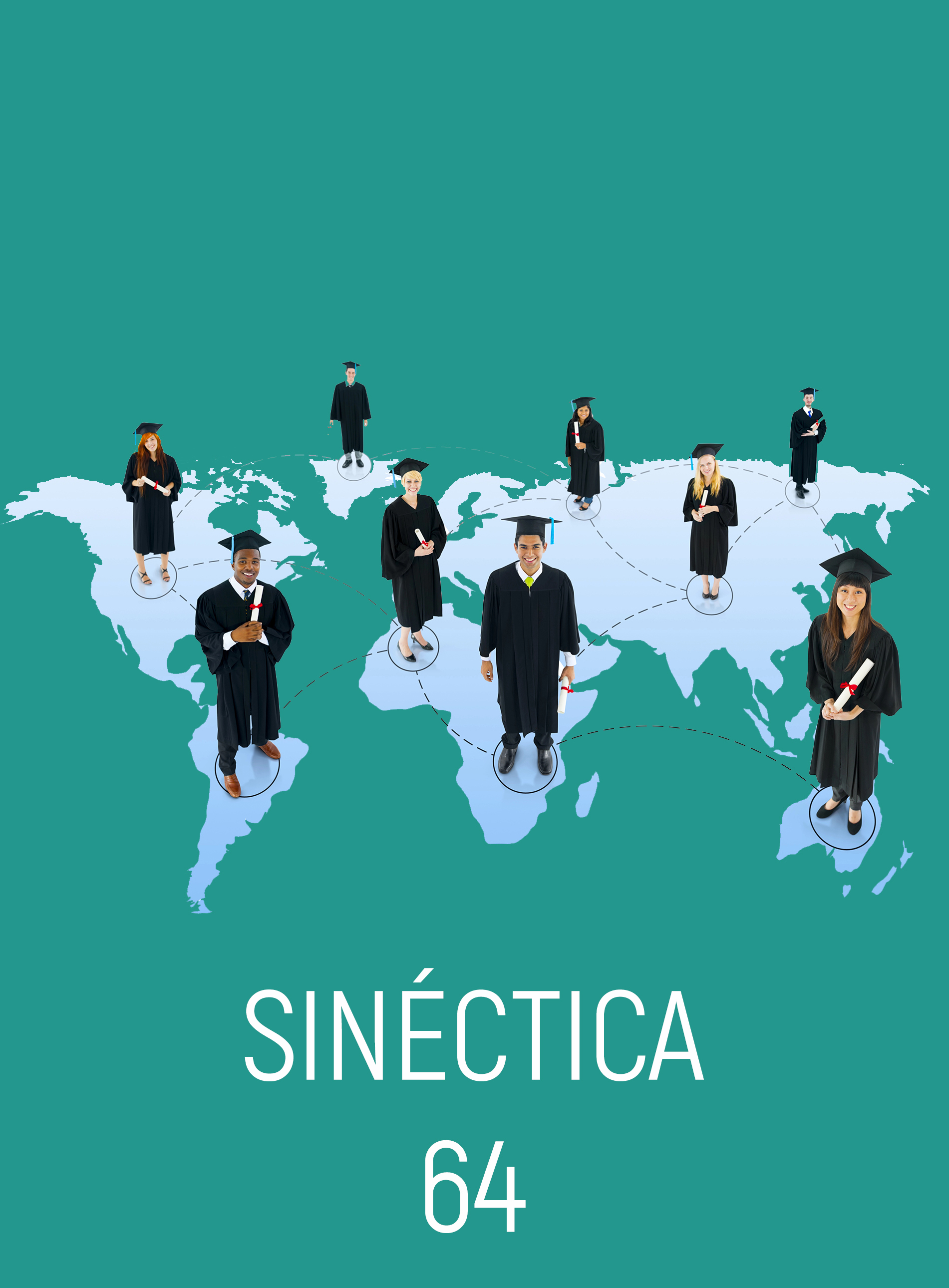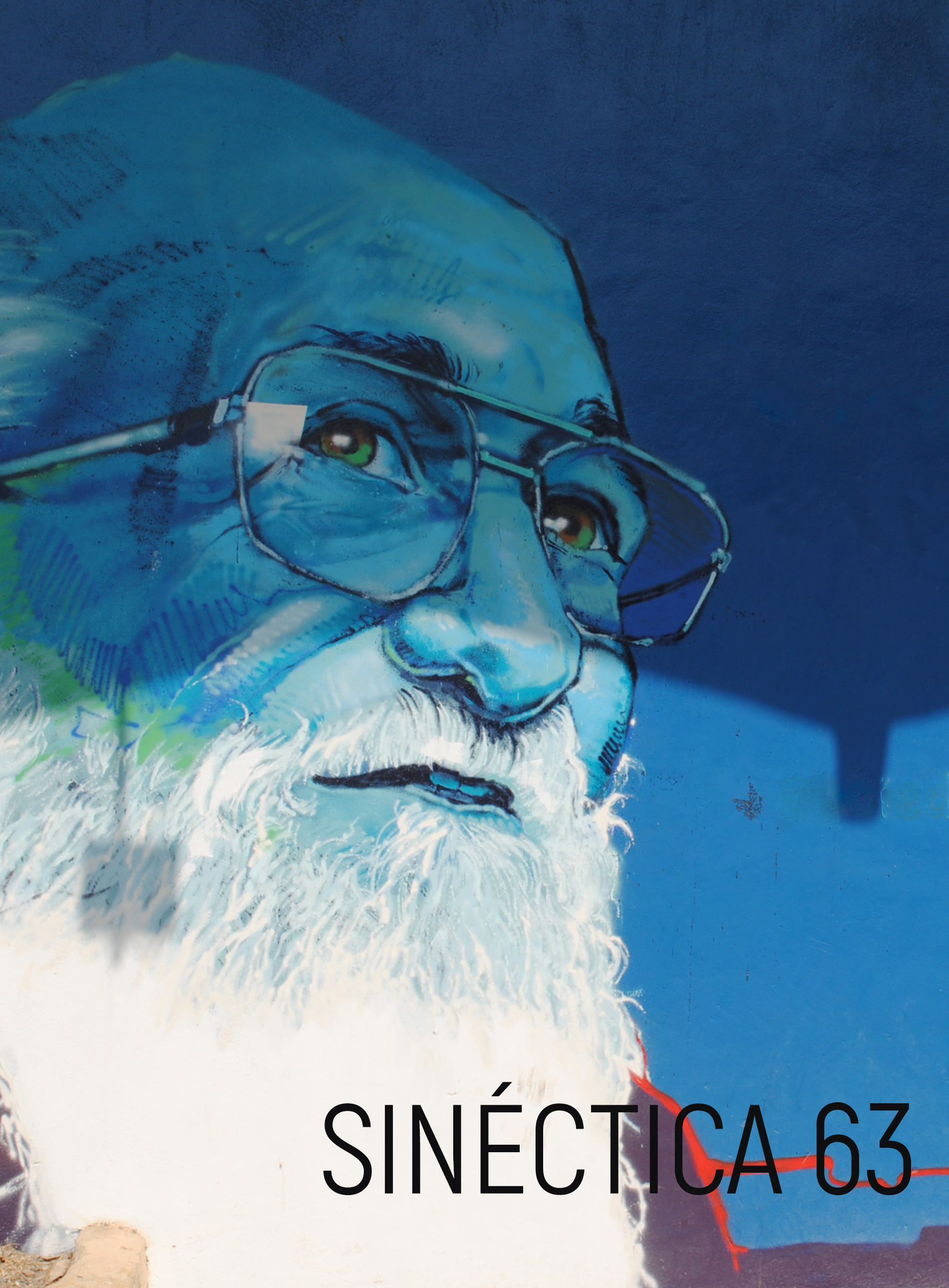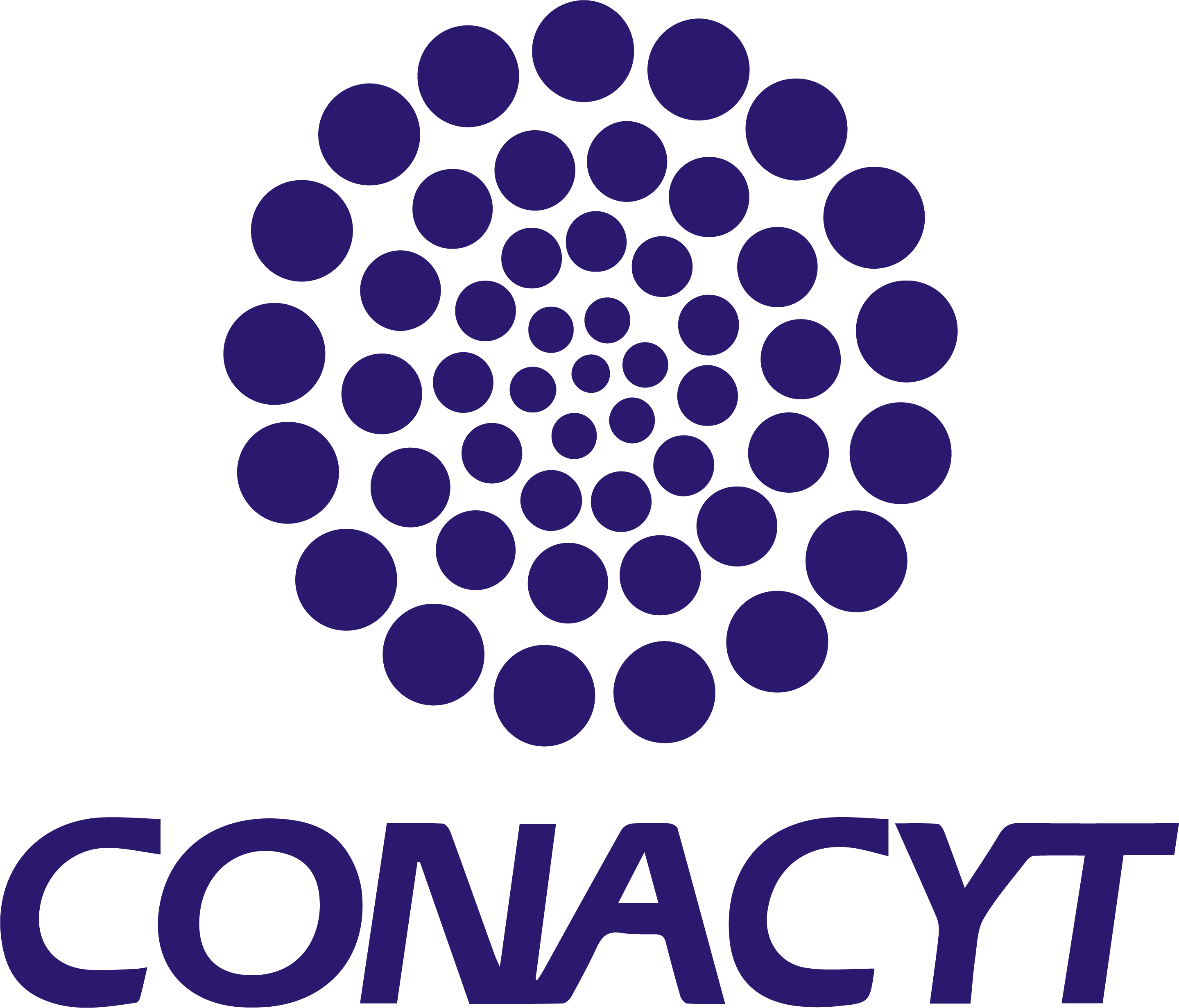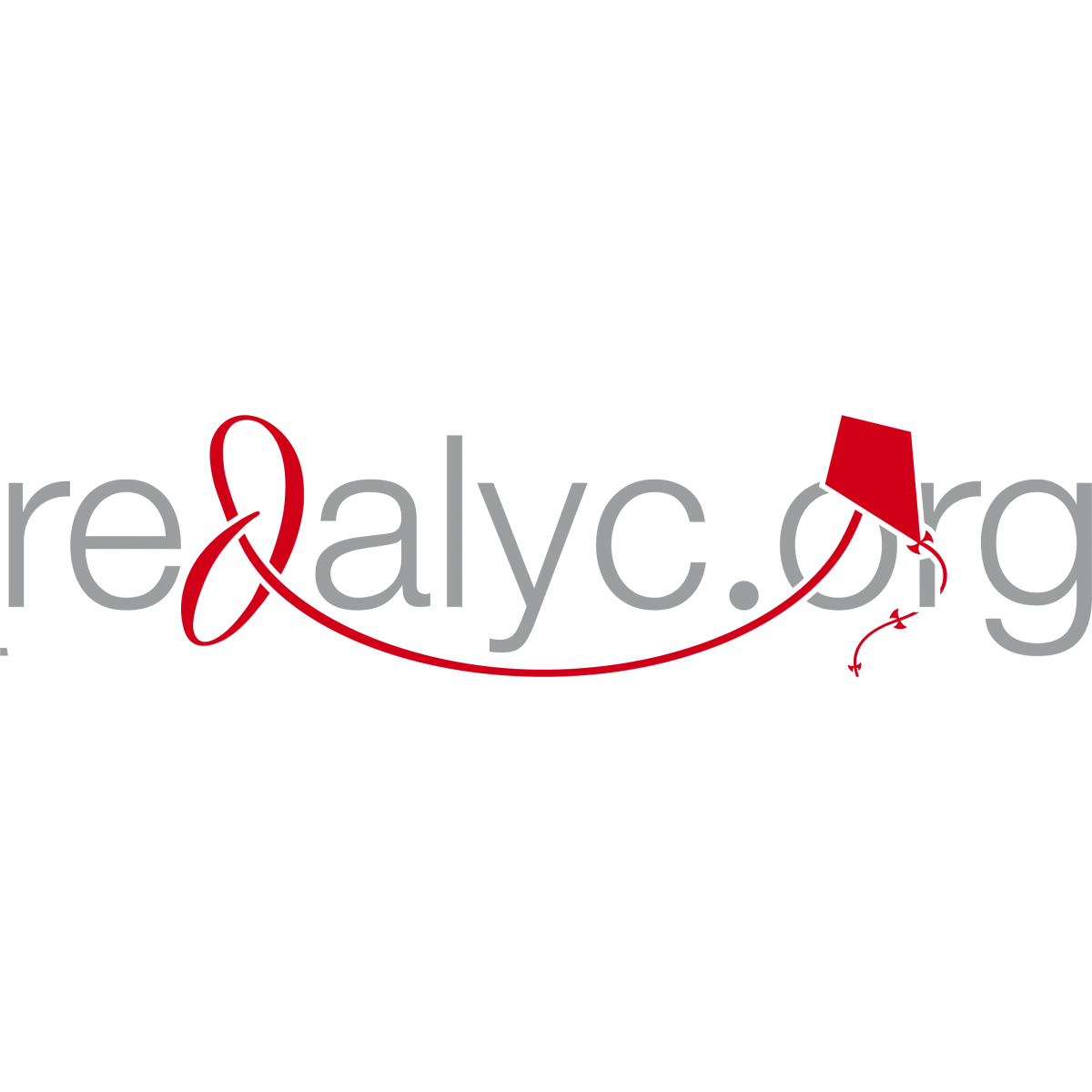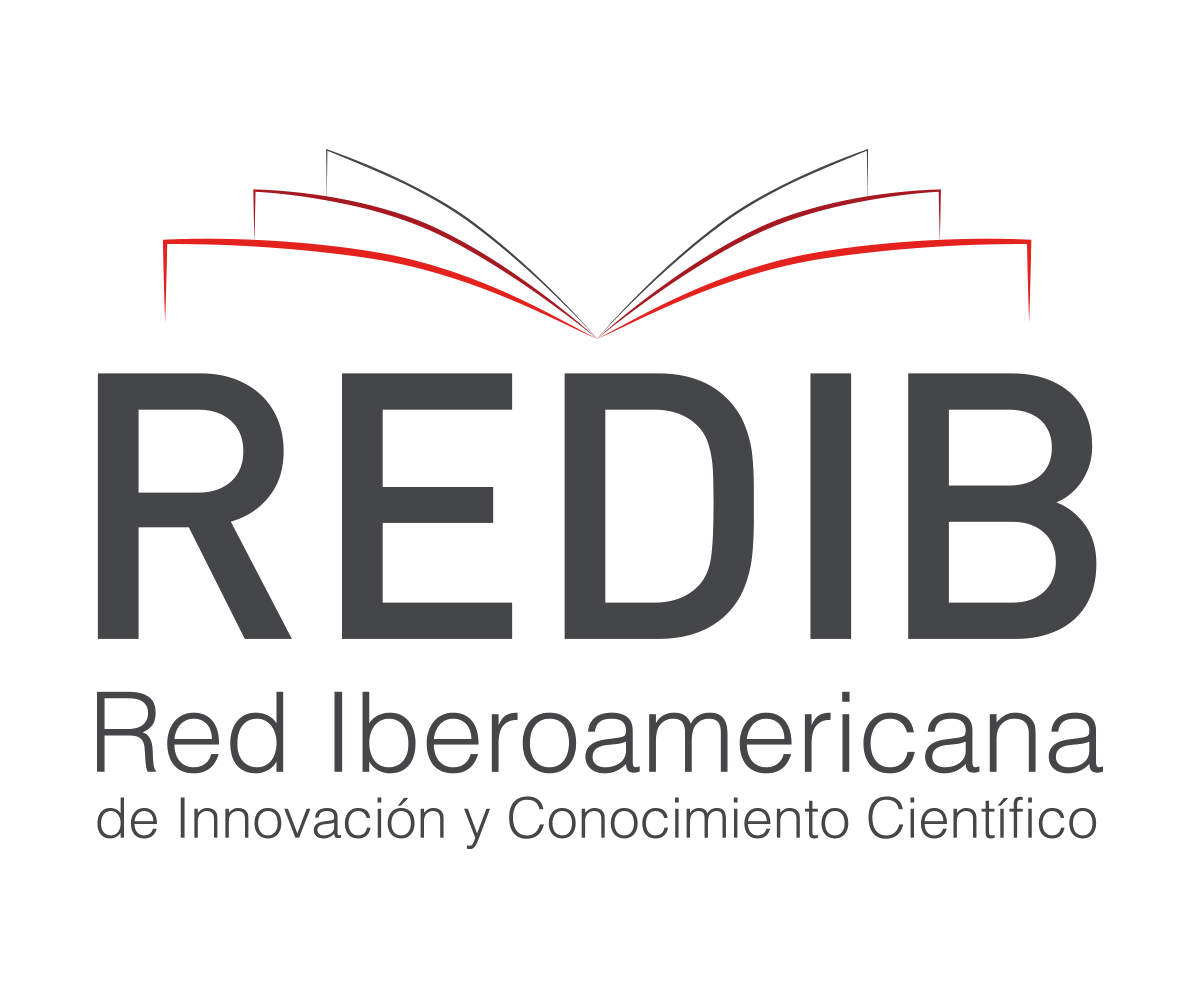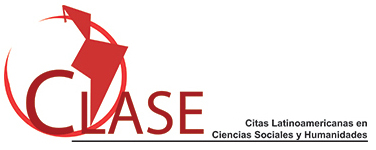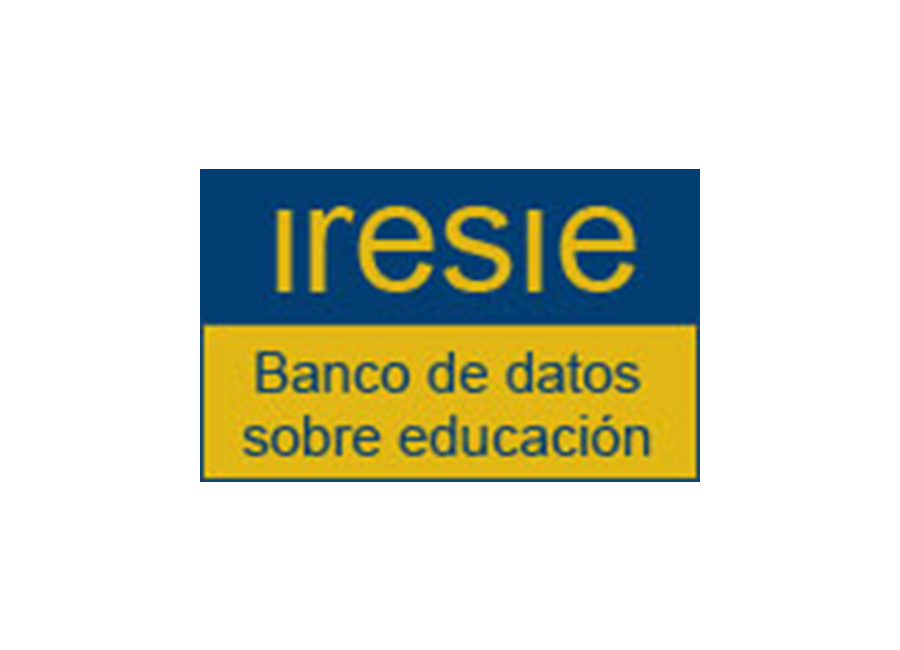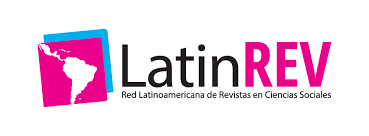Analysis of participation concept in public secondary students
DOI:
https://doi.org/10.31391/S2007-7033(2020)0054-003Keywords:
student participation, citizenship education, convivenciaAbstract
Participation and peaceful coexistence are modeled within the institutional established practices. The aim was to analyze the content of graphic production (drawings) and written, about the participation of public high school students. The technique of drawing and writ- ten productions was used to know their conceptualization of participation. The population consisted of 204 students from 5 public secondary schools in Querétaro, México. Results show that graphic representation of participation is circumscribed to the classroom and to verbal forms within the classroom, which was confirmed in the written productions. It becomes necessary that in the diverse contexts were girls and boys develop they are provided with genuine experiences of participation that will allow them to enlarge not only their concept about participating but to enlarge their possibility of actions.
Downloads
References
Barret, M. y Buchanan-Barrow, E. (2005). Children’s understanding of society. Psychology Press, Hove and New York: Taylor and Francis Group.
Baquero, R. (2002). Del experimento escolar a la experiencia educativa: La "transmisión" educativa desde una perspectiva psicológica situacional. Perfiles educativos [en línea]. 2002, vol.24, n.97-98, pp.57-75. ISSN 0185-2698.
Baquero, R. y Narodowski, M. (1994). ¿Existe la infancia?. Revista del Instituto de Investigaciones en Ciencias de la Educación, III (6), pp. 61-67.
Baquero, R. y Terigi, F. (1996). Constructivismo y modelos genéticos. Notas para redefinir el problema de sus relaciones con el discurso y las prácticas educativas. En Enfoques Pedagógicos. Serie Internacional, Bogotá, Colombia, vol. IV (2), núm. 12, pp. 27-44.
Bigelow,B. , Tesson, G., y Lewko, J.(1996) Learning the Rules. The anatomy of children’s relationships. New York: The Guilford Press.
Bombi, A. (1996). Social factors of economic socialization. En P. Lunt and A. Furnhan (Eds.) Economic Socialization. (183-201) Cheltenham: Edward Elgar.
Bombi, A. S., y Pinto, G. (1998). Los colores de la amistad. Madrid: VISOR.
Bronfenbrenner, U. (1979). The ecology of Human Development. Cambridge, Harvard University Press.
García-Palacios, M., Horn, A. & Castorina, J. A. (2015). El proceso de investigación de conocimientos infantiles en psicología genética y antropología. Revista Latinoamericana de Ciencias Sociales, Niñez y Juventud, 13 (2), pp. 865-877.
Cerda, A.; Loreto, M.; Magendzo, A.; Cruz, E. y Varas,R. (2004). El complejo camino de la formación ciudadana: Una mirada a las prácticas docentes. Chile: LOM/PIIE
Cullen, C. (2004). Autonomía moral, participación democracia y cuidado del otro. Buenos Aires: Novedades Educativas.
Autor. (2015). Artículo de revista. Revista. 6 (2), 9-28.
Delval, J. (1989) La representación infantil del mundo social. En Turiel, E., Enesco, I., Linaza, J. (Eds.) El mundo social en la mente infantil. Madrid: Alianza Editorial,
Delval, J. (1994). El desarrollo humano. España: Siglo XXI.
Delval, J. (2013). El descubrimiento del mundo económico en niños y adolescentes. Madrid: Morata.
Autor y Autor (2003) Artículo de revista, 5 (3) pp. 148-161.
Enesco, I; Delval, J; Navarro, A.;Villuendas, D.; Sierra, P; y
Peñaranda, A.(1995). La comprensión de la organización social en niños y adolescentes. Madrid: MEC/ CIDE.
Flutter, J. (2007) Teacher development and pupil voice. The Curriculum Journal 18 (3) 343-354. DOI:10.1080/09585170701589983
Freeman, N., y Cox, M. (2009) Visual Order. The nature and development of pictorical representation. Cambridge: New York University Press.
Giddens, A. (1984) The Constitution of society. Cambridge: Polity Press
Goodnow, J. (1977), Children drawing. Cambridge, MA: Harvard University Press
Luquet, G. (1927) Le dessin enfantin. Paris: Librairie Félix Alcan.
Novella, A.M. (2012). La participación infantil: Concepto dimensional en pro de la autonomía ciudadana. Revista Teoría de la Educación: Educación y Cultura en la Sociedad de la Información, 13(2), 380-403.
Autor, Autor (2013). Título de artículo. Revista, 21(81), 667-684. DOI
Autor, Autor y Autor. (2014). Ponencia en Congreso. Libro de Actas, XIII Congreso Internacional de Formación del Profesorado, Investigar para acompañar el cambio Educativo y Social: el papel de la Universidad. Asociación Universitaria de Formación del Profesorado, Universidad de Cantabria. pp Disponible en: https://www.congresoaufop2014.unican.es/wp-content/uploads/2013/12/ACTAS-AUFOP-2014.pdf
Organización de los Estados Americanos, e Instituto Interamericano del Niño, la Niña y Adolescentes. (2010). Menú de indicadores y Sistema de Monitoreo del Derecho a la Participación de Niños, Niñas y Adolescentes, Uruguay, OEA-IIN, disponible en http://www.iin.oea.org/IIN2011/documentos/Menu_Indicadores_y_sistema_monitoreo.pdf (consulta: 8 de enero de 2013).
Ortega, R. y del Rey, R. (2006). Construir la convivencia. España: Edebé
Rosano, S. (2013). Son cosas de niños: la participación como derecho y la educación inclusiva: reflexión en torno al papel de las niñas y niños en la escuela. Revista Latinoamericana de Educación Inclusiva, núm. 7(1). pp. 151-167.
Santos, M. (2003). Participar es convivir, en Aprender a convivir en la escuela. Sevilla: Akal.
Trilla, J. y Novella, A. (2001). Educación y participación social de la infancia. Revista Iberoamericana de Educación, núm. 26, en http://www.rieoei.org/rie26a07.htm (consulta 16 de enero de 2013).
Turiel, E. (1984). El desarrollo del conocimiento social. Moralidad y convención. Madrid: Debate.
Turiel, E., Enesco, I. y Linaza, J. (comps.) (1989). El mundo social en la mente infantil. Alianza Editorial, Madrid.
Organización de las Naciones Unidas para la Educación, la Ciencia y la Cultura. (1993). Discurso del Director General de la UNESCO. Congreso Internacional sobre Educación, Derechos Humanos y Democracia. Montreal. Human Rights Teaching, 8, pp. 26-33
Downloads
Published
Issue
Section
License
Copyright (c) 2020 Sinéctica

This work is licensed under a Creative Commons Attribution-NonCommercial 4.0 International License.
This work is licensed under a Creative Commons Attribution-NonCommercial 4.0 International license.
Authors who publish in Sinéctica agree to the following terms:
The authors retain copyright and grant the journal the right of first publication of the authorized work simultaneously under a Creative Commons Attribution License, which allows others to share the work as long as both the authorship of the work and the initial publication in this journal are acknowledged.
Authors may enter into additional separate contractual agreements for non-exclusive distribution of the published version of the journal (e.g., publishing in an institutional repository or a book), with acknowledgement of initial publication in this journal.
Authors are allowed to publish their work in institutional repositories or on their own website before and during the submission process, as it may generate productive exchanges, as well as earlier and greater citation of the published work.
Explanatory note: As of 2017 Sinéctica is governed by the Creative Commons Attribution Non-Commercial 3.0 International License, a version that standardizes licenses internationally.
Articles published between 1992 and 2016 are covered by a Creative Commons Attribution-NonCommercial-NoDerivatives 4.0 International license, which allows a work to be shared and distributed non-commercially and with acknowledgement of the author, but prohibits modification of the original creation.



